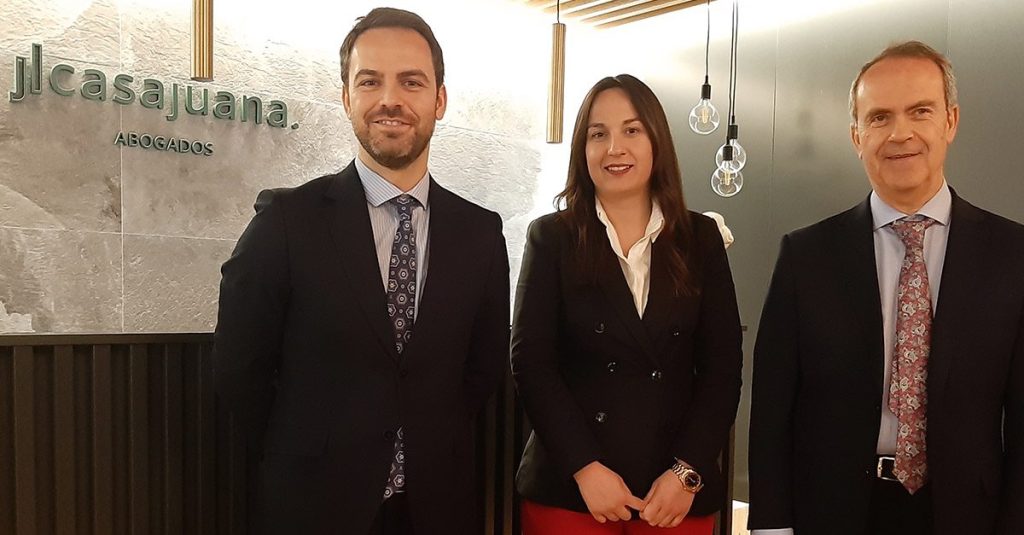Vertical integration and horizontal integration between companies

Among the alternatives for promotion of external growth companies use strategies that allow them to be more independent vis-à-vis third parties that participate in some way in any of the different phases of the process of exploitation or production of the good or service they offer (vertical integration) and/or acquire greater presence and power in the market if, for example, the competition represents significant threats (horizontal integration).
Horizontal integration between companies
Through horizontal integration, companies acquire or merge with another or other companies that offer similar goods or services in order to be more competitive and acquire a certain position in the market. market in which they operate, obtaining greater control.
In 1983 GAP acquired the Banana Republic brand and subsequently launched the brand Old Navy, consolidating itself as one of the most powerful textile groups that has managed to target different consumers of different purchasing power, reaching a greater market share.
On the other hand, horizontal integration between companies allows companies to access new territories or markets by taking advantage of the positioning that a company has brand, easily overcoming certain barriers to entry since there is a company already established in a certain territory.
The merger, creation or acquisition of other entities established in other territories, managing to expand their operations and establish themselves in a certain territory, counting from the beginning on a network of establishments or services already implemented and developed.
However, horizontal integration does not only bring advantages for business expansion, it must also face great challenges. Sometimes there are coordination difficulties, planning or agreement between the companies that make up the strategy.
On the other hand, when offering similar goods or services there are significant risks of engaging in monopolistic practices if due control is not exercised. There may also be conflicts of interest that put the competitiveness of companies at risk .
Vertical integration between companies
On the other hand, or simultaneously, companies that bet on vertical integration strategies acquire, create or merge with other companies that develop any of the integrating phases of the production process of the good or service they offer, that is, intermediaries – whether they are supplier companies, distributors, etc.-
Through this type of strategy, companies manage to reduce costs, eliminating margins with suppliers and implementing their own process absolutely designed for customer satisfaction. your production and/or marketing needs.
This allows them to have the ability to respond more quickly to market needs, which is a significant advantage over their competitors.

There are different modalities of vertical integration:
- In backward” vertical integration, the company creates subsidiaries that produce some of the materials used in the manufacture of its products. For example, a car company may own a tire company, a glass company, and a metal company. Control of these subsidiaries is justified to create a stable supply of materials and ensure consistent quality in the final product.
- In “forward” vertical integration, the company establishes subsidiaries that distribute or sell products both to consumers and for its own consumption. As an example, it would be a movie studio that owns a chain of theaters where they show their movies.
- In “balanced” vertical integration, the company establishes subsidiaries that supply materials while distributing manufactured products.
Companies undertake activities that allow them to have a greater competitive and differential advantage over those in the same sector.
The classic example of vertical integration is that of oil companies: the same company can bring together tasks as dissimilar under its control as exploration, drilling, production, transportation, refining , marketing, commercial distribution and retail sale of the products it processes. In the field of agroindustry, cases of vertical integration are also very frequent. A sugar company, for example, may be in the hands of a company that has its own plantations of cane sugar, its mills or sugar mills, < a href="https://es.wikipedia.org/wiki/Ron" target="_blank" rel="noopener noreferrer">rum and other beverages and spirits, their trademarks and their own media transportation.
But if there is a brand that stands out for basing its growth model on balanced vertical integration policies, it is ZARA (the most significant brand of the Inditex group) since it has taken over the most of the activities related to the value chain (design, production, logistics, direct sales to the final consumer, etc.).
As with horizontal integration, companies may encounter significant obstacles or issues with the implementation of vertical integration strategies; an increase in the base or operational support causes increased costs that must be controlled, greater dependency or susceptibility to changes in the market, less flexibility (for example, to hiring suppliers), can increase entry barriers in other markets or territories, etc.
Before contributing to the development of this type of strategy, companies must analyze in depth their needs, the market in which they carry out their activity (especially the competition) and their possibilities of effective implementation.



















